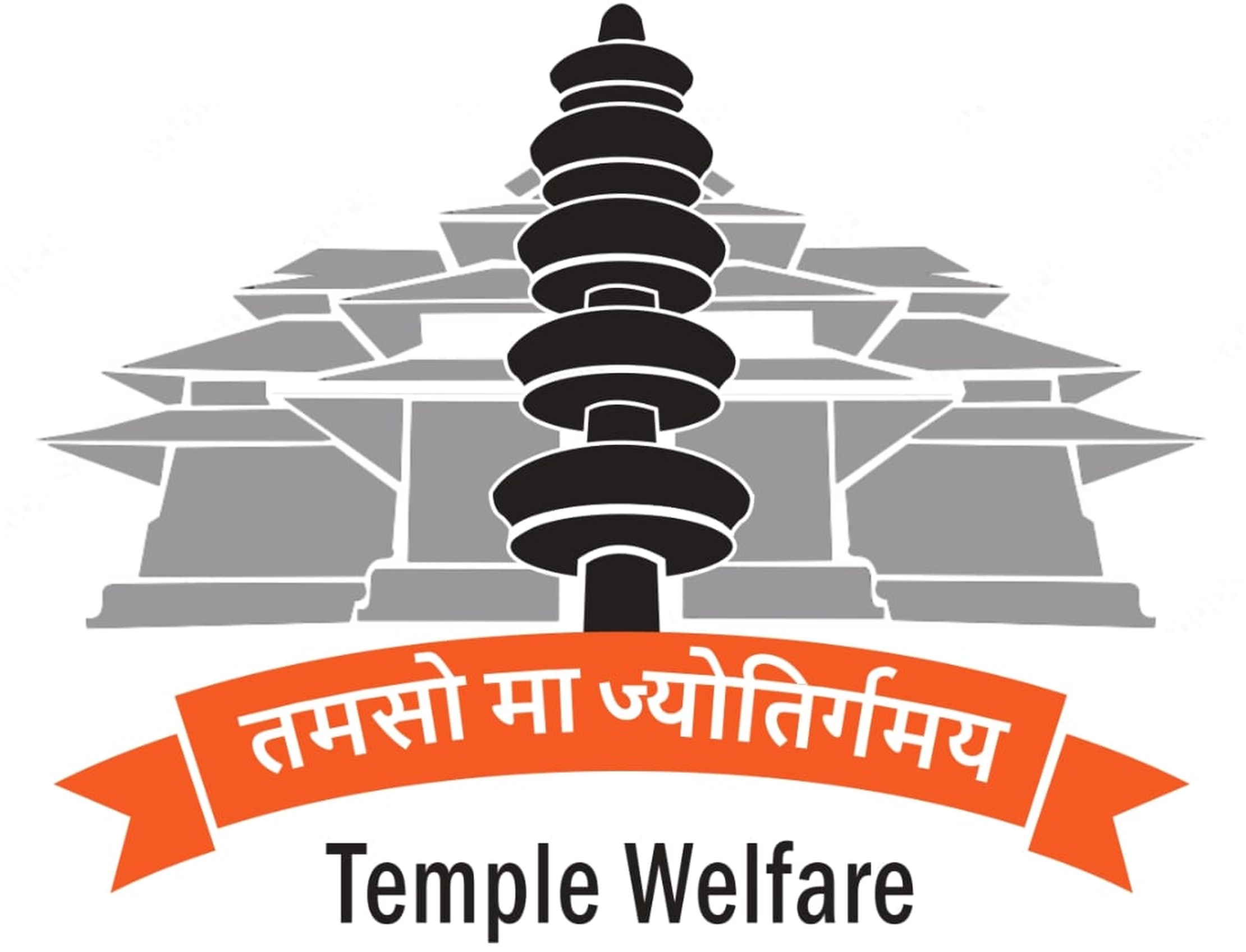Sabarimala Temple
The Sabarimala Sree Dharma Sastha Temple (Malayalam pronunciation: is a Hindu temple dedicated to the god Ayyappan, who is also known as Dharma Shasta and is the son of the deities Shiva and Mohini (female avatar of the god Vishnu).
The temple is situated atop the Sabarimala hill in the village of Ranni-Perunad, within the Ranni Taluk, Thiruvalla Revenue Division of Pathanamthitta district in the state of Kerala, India. The temple is surrounded by 18 hills in the Periyar Tiger Reserve. It is one of the largest annual pilgrimage sites in the world, with an estimate of over 10 to 15 million devotees visiting every year.
The temple is open for worship only during the days of Mandala Pooja (approximately 15 November to 26 December), Makaravilakku or Makara Sankranti (14 January), Maha Thirumal Sankranti (14 April), and the first five days of each Malayalam month. The Sabarimala Temple serves as a prime example of the amalgamation of several religious traditions within the Indian context.
The temple practices prohibit women between the ages of 10 and 50 years from accessing the temple premises.
Origins and legends
According to Bhagavata Purana, god Shiva lay with god Vishnu while the latter was in the female Mohini form. Their carnal union resulted in the conception of the deity Shasta. Shasta is also known as Hariharaputra, the son of Hari (Vishnu) and Hara (Shiva). It is believed that Ayyappa is a form of Shasta.
The worship of Shasta forms part of the ancient history of south India. There are many Shasta temples in South India and across the globe.
Five Shasta temples, namely those in Kulathupuzha, Aryankavu, Achankovil, Sabarimala, and Ponnambalmedu, are said to be linked to Parashurama, an avatar of Vishnu. In Kulathupuzha, Shasta is venerated as a child deity. In the Aryankavu temple, he is worshipped as an adolescent Brahmachari. The Achankovil temple is connected to the deitys Grihastha (household), where he is shown sitting on a horse and holding a sword, along with his wives, Pushkala and Poorna. The Sabarimala temple is associated with the deitys Vanaprastha, and in the Ponnambalmedu or Kantamala temple, the deity is shown as the greatest Yogi..
View more
 Kerala Temple Welfare Development Foundation
Kerala Temple Welfare Development Foundation Kerala Temple Welfare Development Foundation
Kerala Temple Welfare Development Foundation

